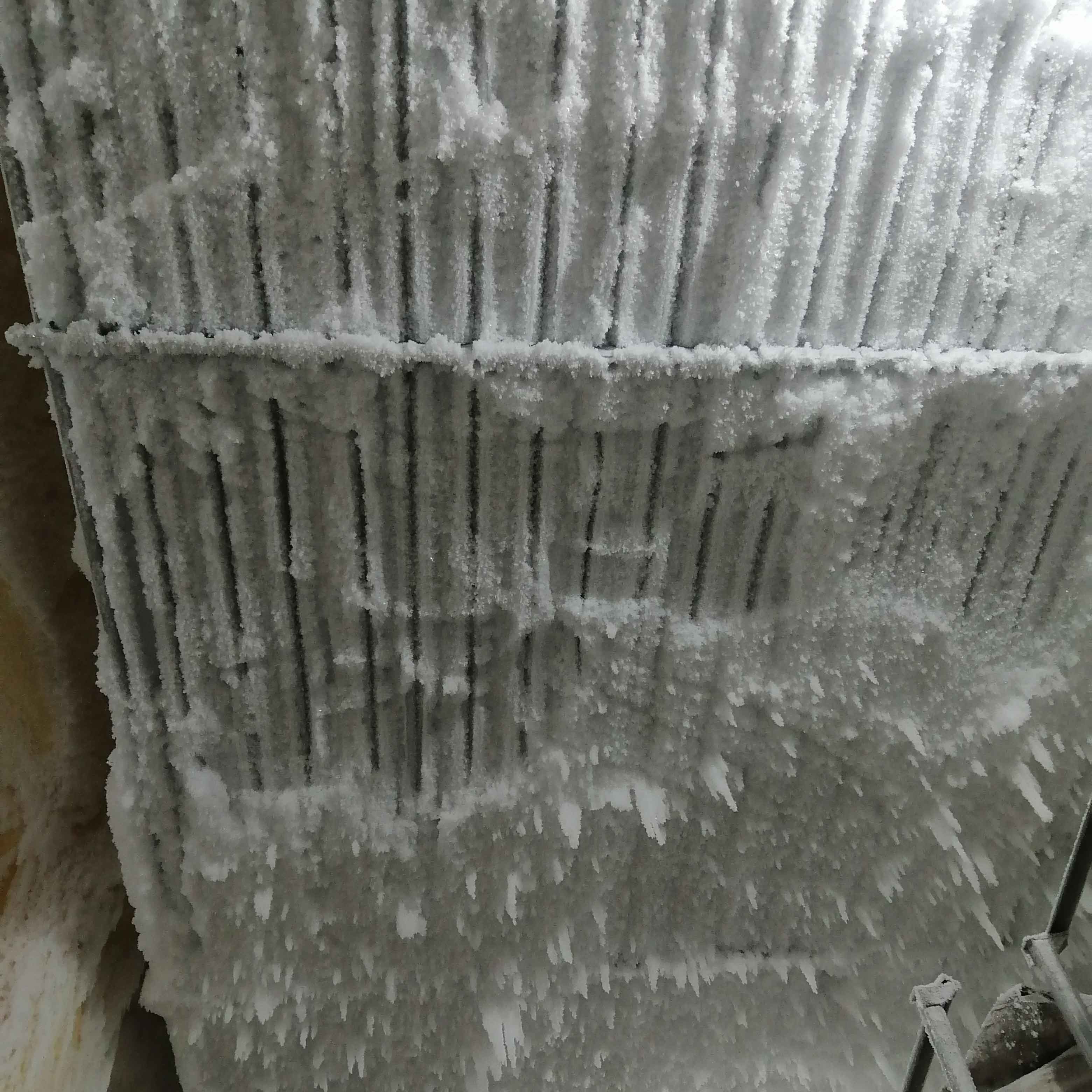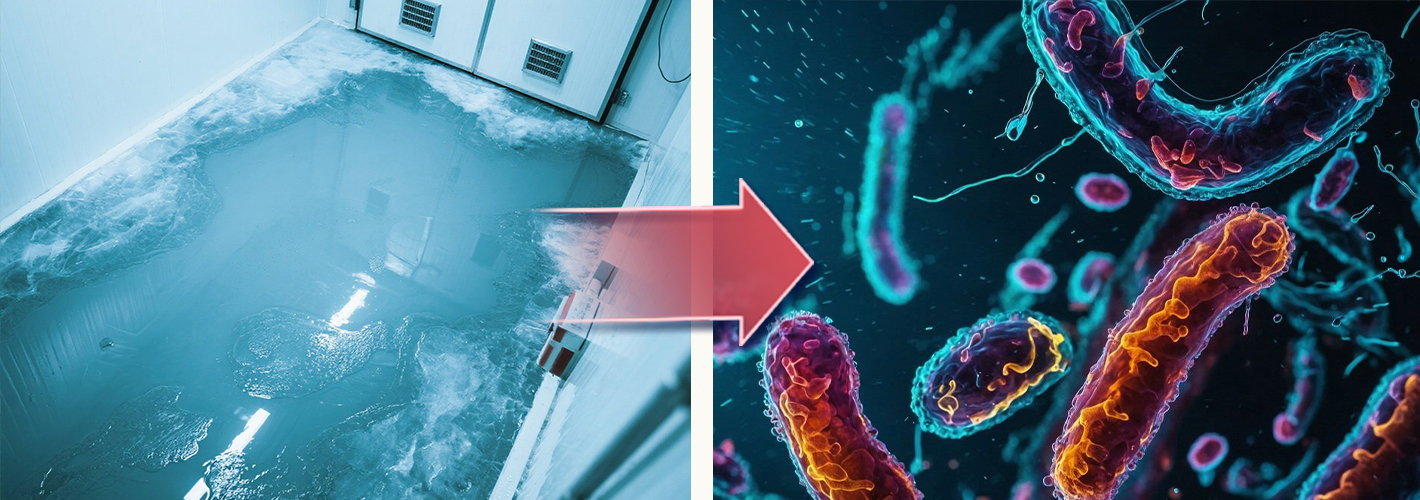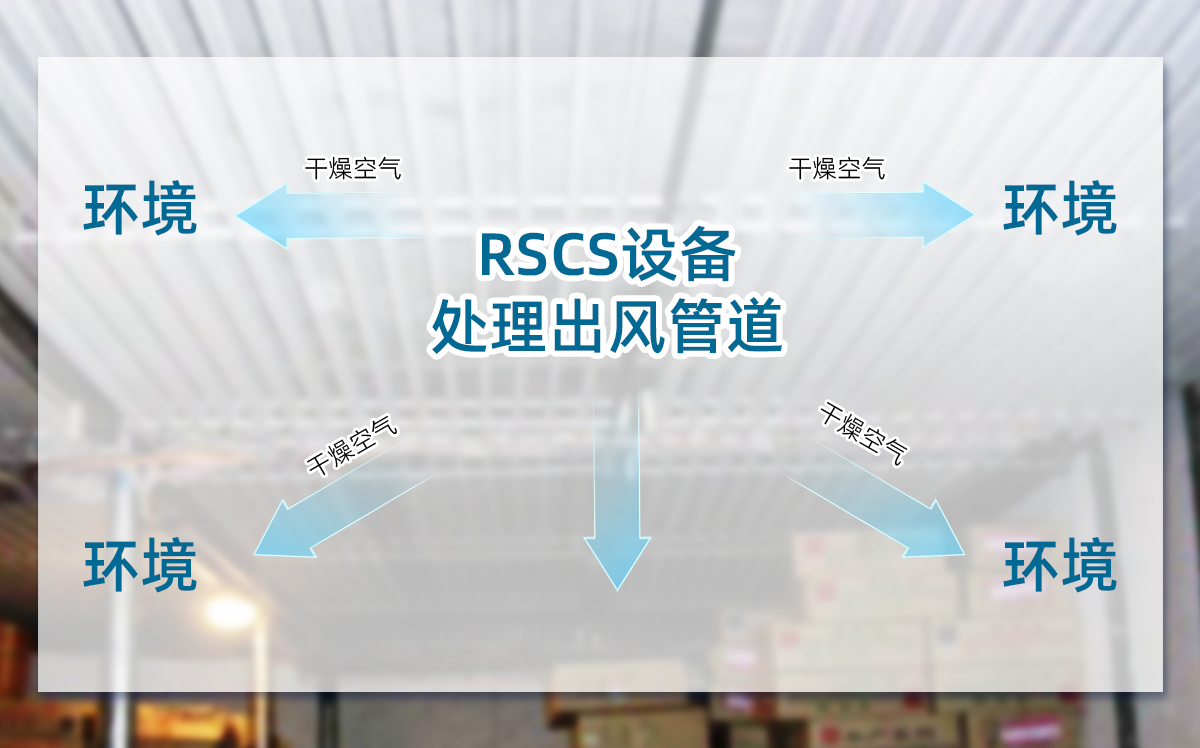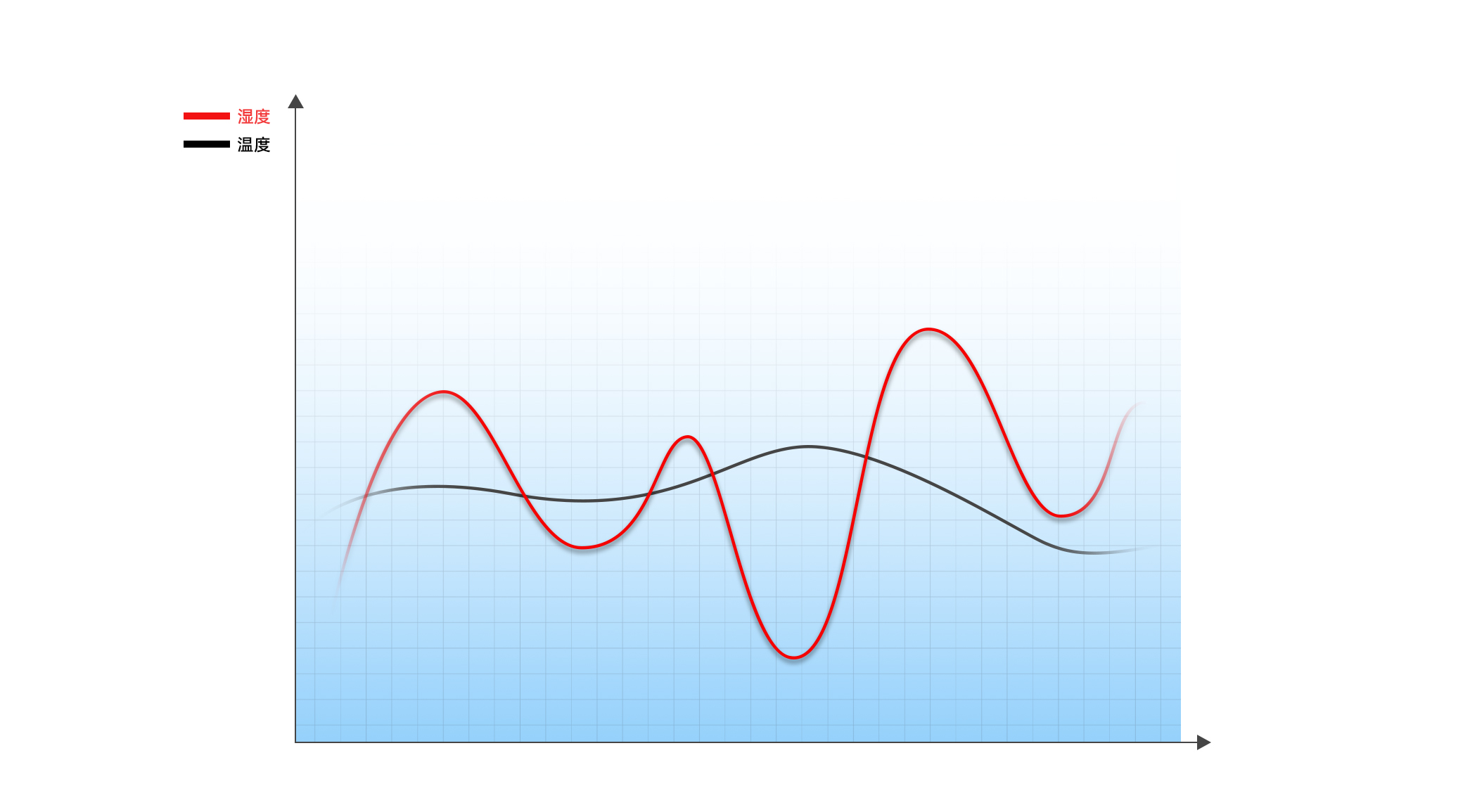Meat Cold Storage Solutions: Frost-Free Efficiency for Optimal Preservation
In meat cold storage, temperatures below -15°C halt microbial growth and enzymatic activity, while oxidation slows significantly. For long-term preservation:
Beef/Lamb/Pork:
-18°C: 4–6 months storage
-23°C: 8–12 months storage

1. Coil Cooling Systems
While coil-based storage ensures uniform temperatures and minimal dehydration (weight loss <1%), traditional systems face critical challenges:
Frost Buildup: Ice accumulation on coils forces compressors into high-load operation, increasing energy consumption by 20–30%.

Manual Defrosting: Requires labor-intensive meat relocation and leaves residual moisture, breeding bacteria.

Bynasci’s Frost-Free RSCS System eliminates these issues:
Zero Frost Formation: Precision humidity control (90–95% RH) prevents moisture adsorption on coils.

Micro-Jet Airflow Technology: High-static-pressure airflow maintains dry coil surfaces while stabilizing humidity, enhancing cooling efficiency via radiation + convection.

2. Blower-Based Cooling Systems
For short-term storage, forced-air systems struggle with:
Temperature Fluctuations: ±2°C deviations due to uneven airflow and defrost cycles.

Frost-Driven Energy Waste: Frequent hot-gas or electric defrosting spikes energy use by 15–25% to maintain -18°C.
Bynasci RSCS Enhances Blower Performance:
Frost-Free Evaporators: Stable operation at -18°C to -20°C with minimal temperature drift.

Energy Savings: 30–40% lower consumption due to eliminated defrost cycles and optimized compressor output.
Technical Advantages of RSCS
| Feature | Benefit |
|---|---|
| Adaptive Humidity Logic | Maintains ±2% RH stability, preventing dehydration and frost simultaneously |
| Remote Monitoring | Real-time alerts for temperature/humidity deviations via IoT integration |
| Compliance Assurance | Meets HACCP, ISO 22000, and FDA Cold Chain Guidelines |
Case Study: Beef Storage Optimization
A U.S. meat processor achieved:
Zero frost-related downtime: Continuous 12-month operation at -23°C.
22% energy reduction: RSCS eliminated defrost cycles and stabilized compressor load.
<0.5% weight loss: Humidity-controlled storage preserved texture and market value.

Why Choose Bynasci RSCS?
√ Patented micro-jet airflow technology (US Patent #11,234,568)
√ Customizable for pork, lamb, and poultry storage
√ 24/7 predictive maintenance support
Preserve Quality. Slash Costs.
Upgrade to Bynasci RSCS for frost-free, energy-smart meat cold storage.


 Return to List
Return to List
 Phone
Phone